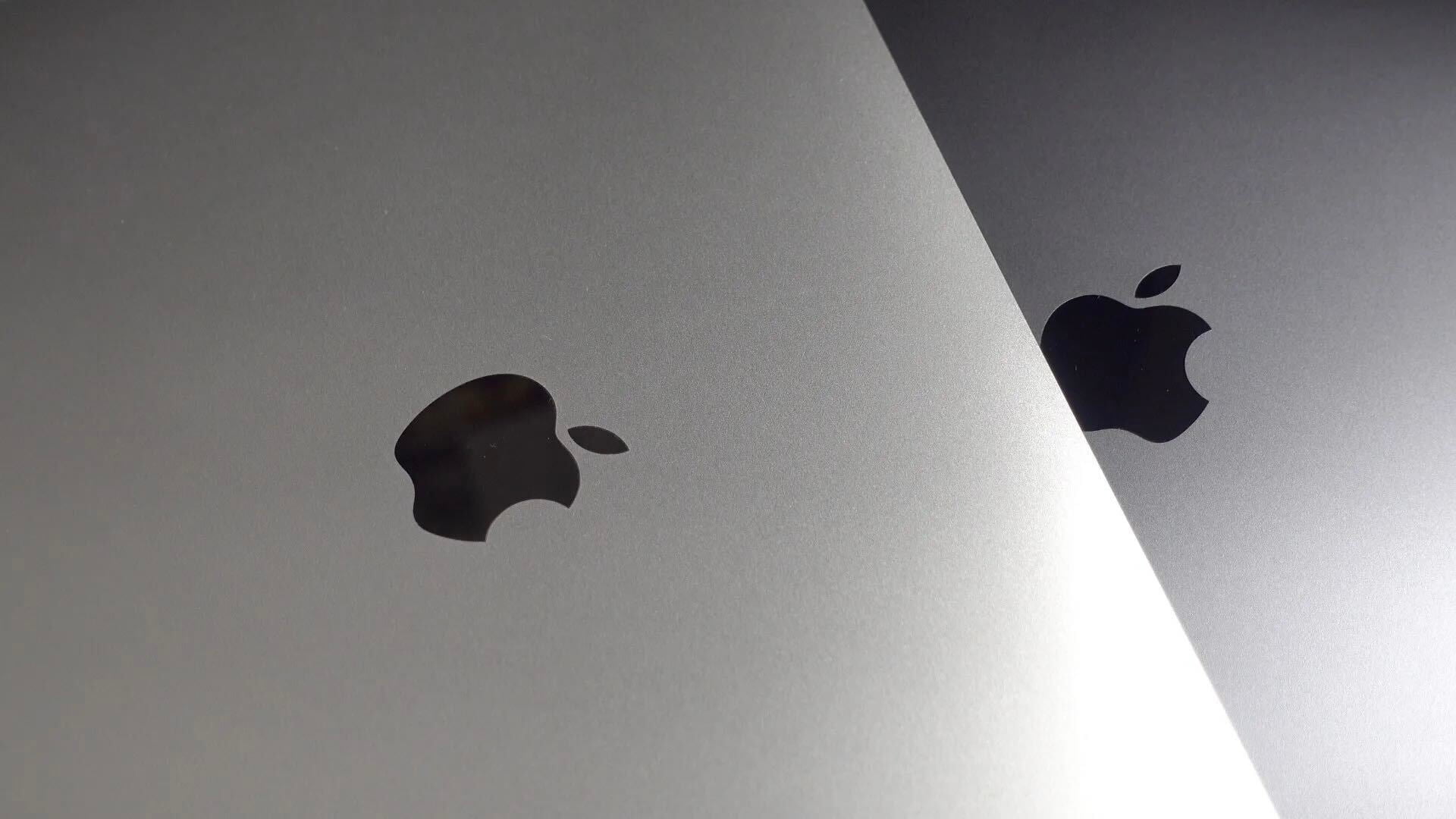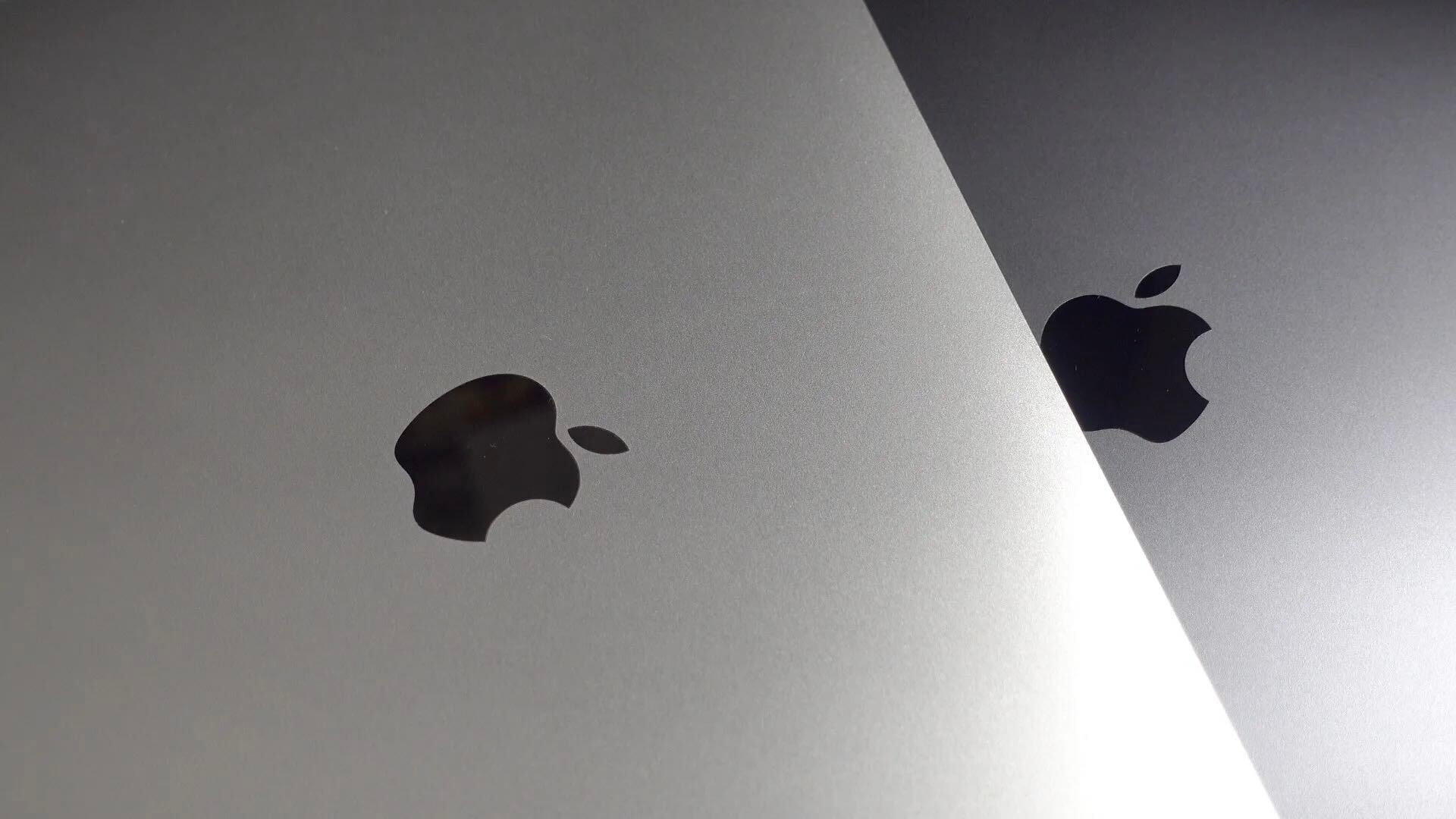

Print to PDF is an easy way to preserve the information and layout of what you are currently viewing, saving a 1:1 digital copy of the documents and websites you use everyday. You don’t actually print anything, but the idea is that an exact replica of what would have appeared on paper, if you had sent a job to a real printer, is instead stored as a PDF file.
A big advantage of Print to PDF, or Save to PDF as it is often known, is that it is available in a lot of apps by default. Apps don’t have to support PDF output, they just have to support the normal printing features. This means Save to PDF is widely available across many iOS apps, and even more Mac apps.
The concept of Print to PDF began on the desktop and macOS exposes the feature relatively prominently. On iOS, the feature is harder to find. There isn’t an obvious button in the interface for it, but the capability is there — if a little hidden. Read on for step-by-step instructions to print to PDF on Mac, iPhone and iPad …
Of course, if an app includes PDF export features natively, use those inbuilt features instead of the print to PDF workaround. Pages, Numbers and Keynote include official features to save documents as PDF files, for example.
However, there are many apps that don’t offer features like this … and this is where print to PDF shines. More apps than you might think expose printing features, especially on iOS. This is because the market for real AirPrint printers is large, and apps that support AirPrint get ‘Save to PDF’ functionality for free.
Just looking at system apps, Apple includes Print functionality in Mail, Photos, Notes, Maps and Safari. Support for AirPrint across third-party apps is generally good, particularly those meant for productivity. On the Mac, printing is universally available.
From macOS, open any app that supports printing. This could be an Office document in Preview, a Keynote deck in iWork, an email message from Mail, or countless other examples. For our example, we’ll save a website to PDF using Safari.

 Open the AirPrint modal.
Open the AirPrint modal.  Expand the preview pages to fill the screen.
Expand the preview pages to fill the screen.  Tap the Share button in the toolbar.
Tap the Share button in the toolbar.
Printing to PDF from iPhone will work in any app that integrates AirPrint. This is because PDF saving options are hidden inside the normal printing modal interface.
The exact location of the Print button will vary from app to app. Usually, apps that expose a system share sheet include a Print action in the bottom row. Other apps have special menus which reveal a print button.
For example, Mail puts a Print button in the action sheet next to Reply and Forward. Some apps don’t offer any printing support and, in those cases, you are simply out of luck — there’s no way to print (PDF or paper ink) iMessages for example as of iOS 10.
 Open the AirPrint modal.
Open the AirPrint modal.  Expand the preview pages to fill the screen.
Expand the preview pages to fill the screen.  Tap the Share button.
Tap the Share button.
As they share an operating system, the steps for printing to PDF on iPad are very similar to the iPhone. These instructions are included for sake of completeness. The main difference here is finding the Print buttons in the first place as iPad and iPhone apps often have very different interfaces. From there the steps are basically identical.
Save to PDF is a really useful trick to keep in your arsenal. On the Mac, it helps that apps almost always expose printing actions under the File menu. On iOS, it’s a bit more involved to find where each different app exposes its UI to open the AirPrint interface. Once you find it, though, the iPhone and iPad steps above are the same for every app.
FTC: We use income earning auto affiliate links. More.
You’re reading 9to5Mac — experts who break news about Apple and its surrounding ecosystem, day after day. Be sure to check out our homepage for all the latest news, and follow 9to5Mac on Twitter, Facebook, and LinkedIn to stay in the loop. Don’t know where to start? Check out our exclusive stories, reviews, how-tos, and subscribe to our YouTube channel